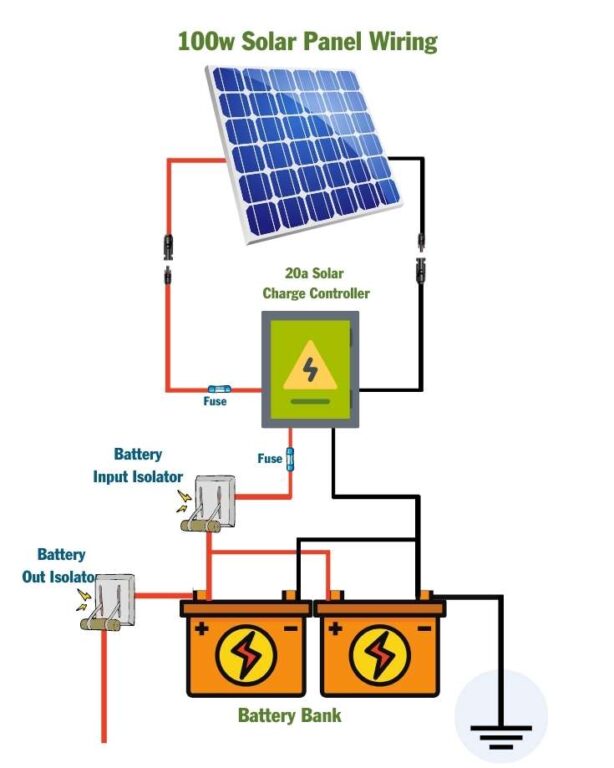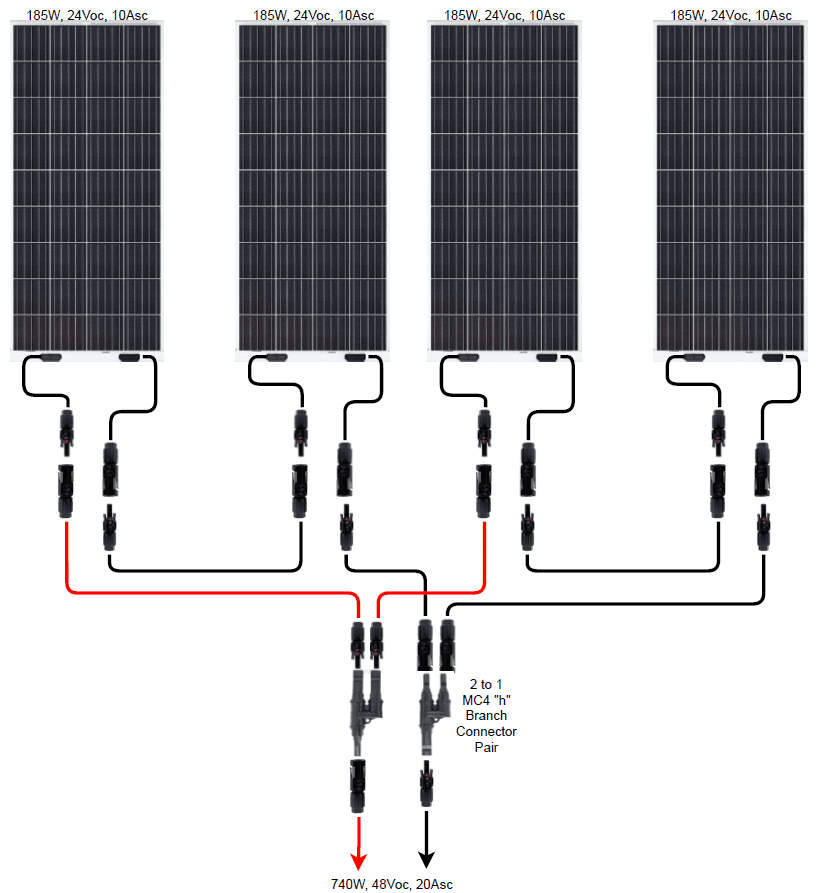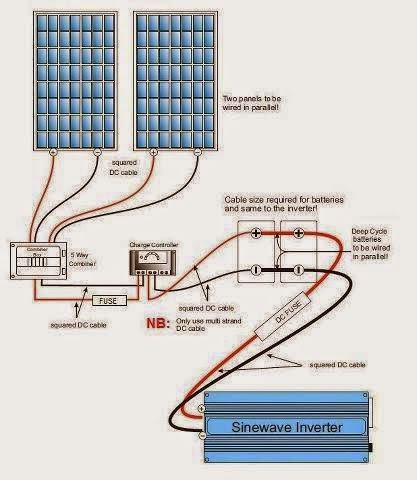“Solar panel wiring for residential use”
Introduction to Solar Panel Wiring
Solar panel wiring refers to the process of connecting solar panels to an electrical system, allowing you to harness the energy generated by the panels. The primary goal of solar panel wiring is to ensure a safe, efficient, and reliable connection between the solar panels, the inverter, and the electrical grid. A well-designed wiring system is crucial to maximize energy production, minimize energy loss, and prevent electrical shock or fires.
Components of a Solar Panel Wiring System
A typical solar panel wiring system consists of the following components:
- Solar Panels: These are the photovoltaic (PV) panels that convert sunlight into electrical energy.
- Inverter: This device converts the DC (direct current) energy generated by the solar panels into AC (alternating current) energy, which is usable in your home.
- Mounting Hardware: This includes the racking system, clamps, and other hardware used to secure the solar panels to your roof or a ground-mounted array.
- Wiring and Connectors: These include the cables, connectors, and plugs used to connect the solar panels to the inverter and the electrical grid.
- Electrical Panel: This is the main electrical panel in your home, where the solar panel wiring system connects to the grid.

Types of Solar Panel Wiring
There are two primary types of solar panel wiring: series and parallel.
- Series Wiring: In a series-wired system, solar panels are connected one after the other, like a chain. This type of wiring is simple and cost-effective, but it can be less efficient if one panel is shaded or malfunctioning.
- Parallel Wiring: In a parallel-wired system, solar panels are connected in parallel, allowing each panel to operate independently. This type of wiring is more efficient and reliable, as it minimizes energy loss if one panel is shaded or malfunctioning.

Best Practices for Solar Panel Wiring
To ensure a safe and efficient solar panel wiring system, follow these best practices:
- Use high-quality wiring and connectors: Choose wiring and connectors that are specifically designed for solar panel applications and meet the relevant industry standards.
- Keep wiring tidy and organized: Keep wiring and connectors organized and secured to prevent damage, abrasion, or electrical shock.
- Avoid shading: Ensure that solar panels are not shaded by trees, buildings, or other obstructions, as this can significantly reduce energy production.
- Monitor system performance: Regularly monitor your solar panel system’s performance to identify any issues or areas for improvement.
- Follow local electrical codes: Ensure that your solar panel wiring system meets local electrical codes and regulations.

Solar Panel Wiring Considerations for Residential Use
When designing a solar panel wiring system for residential use, consider the following factors:
- Roof size and orientation: Ensure that your roof is large enough to accommodate the solar panels and that it is oriented to maximize energy production.
- Energy production goals: Determine how much energy you want to produce and size your solar panel system accordingly.
- Inverter selection: Choose an inverter that is compatible with your solar panel system and meets your energy production goals.
- Wiring and connector selection: Select wiring and connectors that meet the relevant industry standards and are suitable for outdoor use.
- Electrical panel upgrades: If necessary, upgrade your electrical panel to accommodate the solar panel wiring system and ensure safe and reliable operation.
Safety Considerations for Solar Panel Wiring
Solar panel wiring can be hazardous if not done properly. To ensure a safe installation, follow these safety considerations:
- Hire a licensed electrician: If you’re not experienced with electrical installations, hire a licensed electrician to design and install your solar panel wiring system.
- Use personal protective equipment: Wear personal protective equipment, such as gloves and safety glasses, when working with electrical systems.
- Follow lockout/tagout procedures: Ensure that all electrical systems are properly locked out and tagged during maintenance or repairs.
- Use proper grounding and bonding: Ensure that your solar panel wiring system is properly grounded and bonded to prevent electrical shock or fires.
- Regularly inspect and maintain the system: Regularly inspect and maintain your solar panel wiring system to identify any issues or potential hazards.
Common Solar Panel Wiring Mistakes to Avoid
When designing and installing a solar panel wiring system, avoid the following common mistakes:
- Insufficient wire sizing: Using wire that is too small for the application can lead to energy loss and overheating.
- Poor connector selection: Using connectors that are not suitable for outdoor use or are not compatible with the wiring can lead to corrosion, abrasion, or electrical shock.
- Inadequate grounding and bonding: Failure to properly ground and bond the solar panel wiring system can lead to electrical shock or fires.
- Inadequate monitoring and maintenance: Failing to regularly monitor and maintain the solar panel wiring system can lead to reduced energy production and potential safety hazards.
- Non-compliance with local electrical codes: Failure to comply with local electrical codes and regulations can lead to fines, penalties, or even system shutdown.
Conclusion
Solar panel wiring for residential use requires careful planning, design, and installation to ensure a safe, efficient, and reliable connection between the solar panels, the inverter, and the electrical grid. By following best practices, considering key factors, and avoiding common mistakes, you can maximize energy production, minimize energy loss, and enjoy the benefits of clean and sustainable energy. Whether you’re a homeowner, a solar panel installer, or an electrician, this comprehensive guide provides the knowledge and expertise needed to design and install a solar panel wiring system that meets your energy needs and exceeds your expectations.





